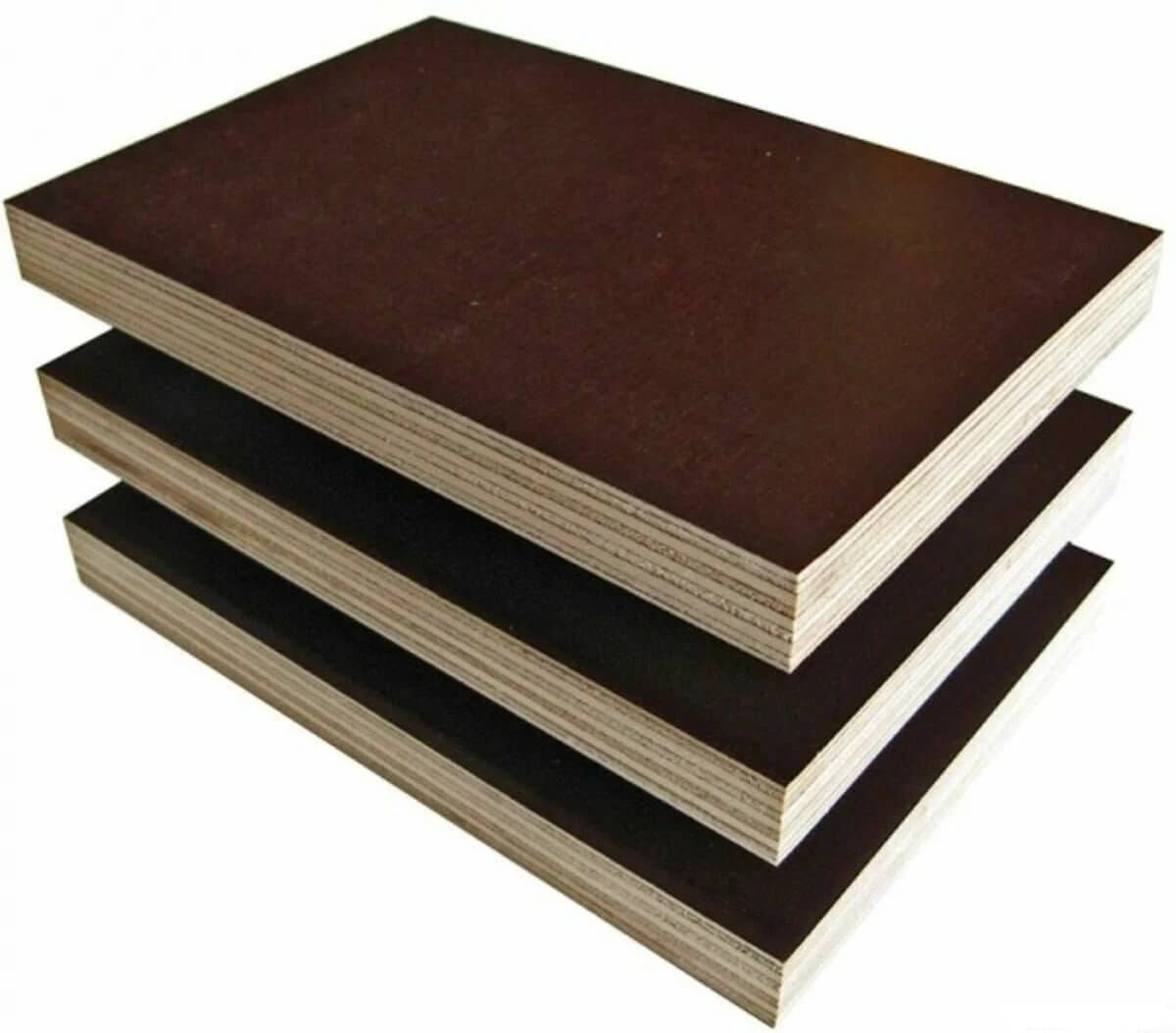Welding vs. Tying: a Comparison
페이지 정보

본문
Welding is a preferred method for joining steel rebars together. It involves using a welding machine to melt the metal at the connection point and fuse it together. This method is commonly used in projects where maximum strength and durability are essential. Welding can create a robust connection that can withstand heavy loads and stresses. However, it requires expert equipment and training, which can increase the cost and complexity of the project.
On the other hand, tying is a method that uses steel wire to connect the rebars together. This method is often used in low-load applications. Tying is a more flexible method that can be used in a variety of settings, including bridge construction. It is also a relatively simple method compared to welding.
One of the main advantages of tying is that it allows for easier adjustments. Ties can be easily removed or adjusted if necessary, характеристики арматуры which can be beneficial in situations where the rebar layout needs to be altered. Additionally, tying is a more tolerant method than welding, as small mistakes or irregularities in the connection point can be easily fixed.
However, tying also has some disadvantages. While it can provide a robust connection, it is not as trustworthy as welding in extreme conditions. In situations where vibrations are present, the tie connections may not hold as well as welded connections. Furthermore, tying can lead to damage and corrosion if the ties are not properly maintained.
In contrast, welding creates a strong connection that can endure harsh conditions. However, it requires technical equipment and training, which can increase the cost and complexity of the project. Additionally, welding can create a permanent connection that cannot be easily removed or adjusted if needed.
Ultimately, whether welding or tying is better for rebar connections depends on the project needs of the project and the preferences of the engineer. If maximum strength and durability are essential, welding may be the better choice. However, if easier and less expensive methods are preferred, tying may be the better option.
In conclusion, both welding and tying have their own advantages and disadvantages. It is essential to thoroughly assess the specific needs of the project and the capabilities of the builder before deciding which method to use. By selecting the best method, contractors can ensure that the rebar connections are strong and meet the required standards.

When making a choice between welding and tying, consider the following factors:
- Project load-carrying capacity
- Budget and timeline
- Skilled labor and resources
- Ease of modification
- Risk of corrosion and damage
- 이전글Exploring the Wax and Impingement of Online Crypto Sportsbooks 25.07.10
- 다음글Anger Management Techniques: Why They're Important And Cooking Techniques 25.07.10
댓글목록
등록된 댓글이 없습니다.


